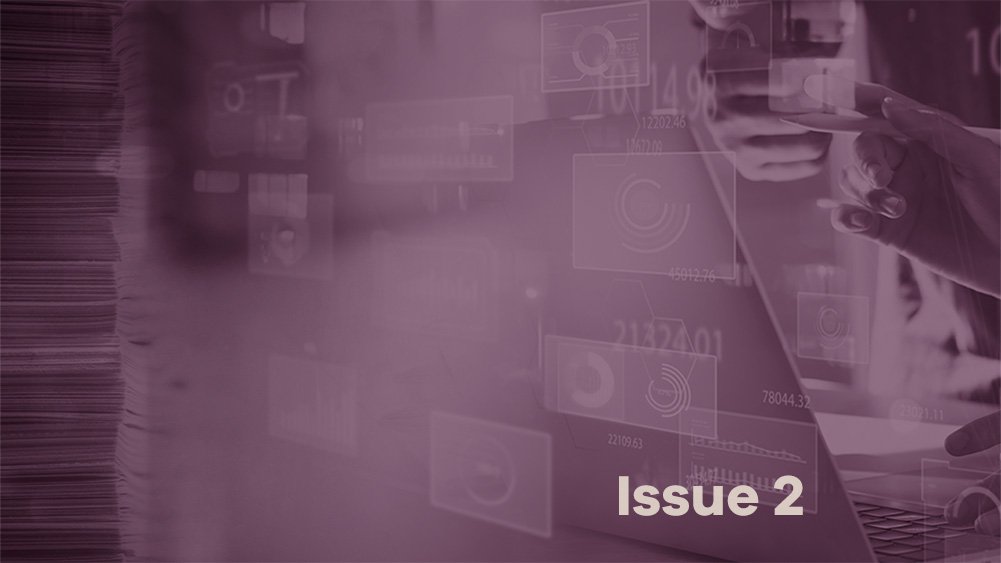Amnesty International released a new report on November 8, 2023, documenting the dramatic increase in the number of Palestinians being arrested and administratively detained by Israel since October 7, which was already at a 20-year high before that date. According to data cited in the report, more than 2,200 Palestinians have been detained between October 7 and November 8, 2023. Separately, and also cited in the report, Israeli human rights organization HaMoked announced that in a single month between October 1 and November 1, 2023, 751 Palestinians had been administratively detained, bringing the total number held under this measure to 2,070.
The report includes testimonies from released detainees and human rights lawyers, as well as video footage and images that illustrate some of the forms of torture that Palestinian prisoners have been subjected to in the past weeks, including torture, severe beatings, and extreme humiliation, such as being stripped, mocked, beaten, and urinated on.
The report also takes note of the one-month extension of the “state of emergency in prisons” which “grants Israel’s National Security Minister virtually unrestrained powers to deny sentenced prisoners access to visits by lawyers and family members; to hold detainees in overcrowded cells; to deny them outdoor exercise and to impose cruel collective punishment measures such as cutting off water and electricity for long hours, effectively allowing for the intensification of cruel and inhuman treatment of detainees, in violation of the prohibition of torture and other ill-treatment.” Heba Morayef, Amnesty International Regional Director for the Middle East and North Africa, called these measures “inhumane.”1
The report also details thousands of cases of Palestinians from Gaza who were detained without any notice or legal representation on two Israeli military bases.









